Understanding **darts nummering** is crucial for playing and scoring accurately; the unique arrangement of numbers around the dartboard presents both challenge and opportunity. This article will demystify the number layout, explain its strategic importance, and offer insights into how it affects gameplay. You’ll also learn about the history behind the layout and get tips for using it to your advantage.
⚠️ Still Using Pen & Paper (or a Chalkboard)?! ⚠️
Step into the future! The Dart Counter App handles all the scoring, suggests checkouts, and tracks your stats automatically. It's easier than you think!
Try the Smart Dart Counter App FREE!Ready for an upgrade? Click above!
Decoding the Darts Nummering System
The seemingly random arrangement of numbers on a dartboard isn’t random at all. The **darts nummering** system is designed to penalize inaccuracy. Numbers are positioned to minimize the effect of clustering darts – that is, darts grouping together due to a slight error in throw. Adjacent numbers have the highest numerical difference possible. The goal is to make players think strategically about their targets, rewarding precision and punishing errors.
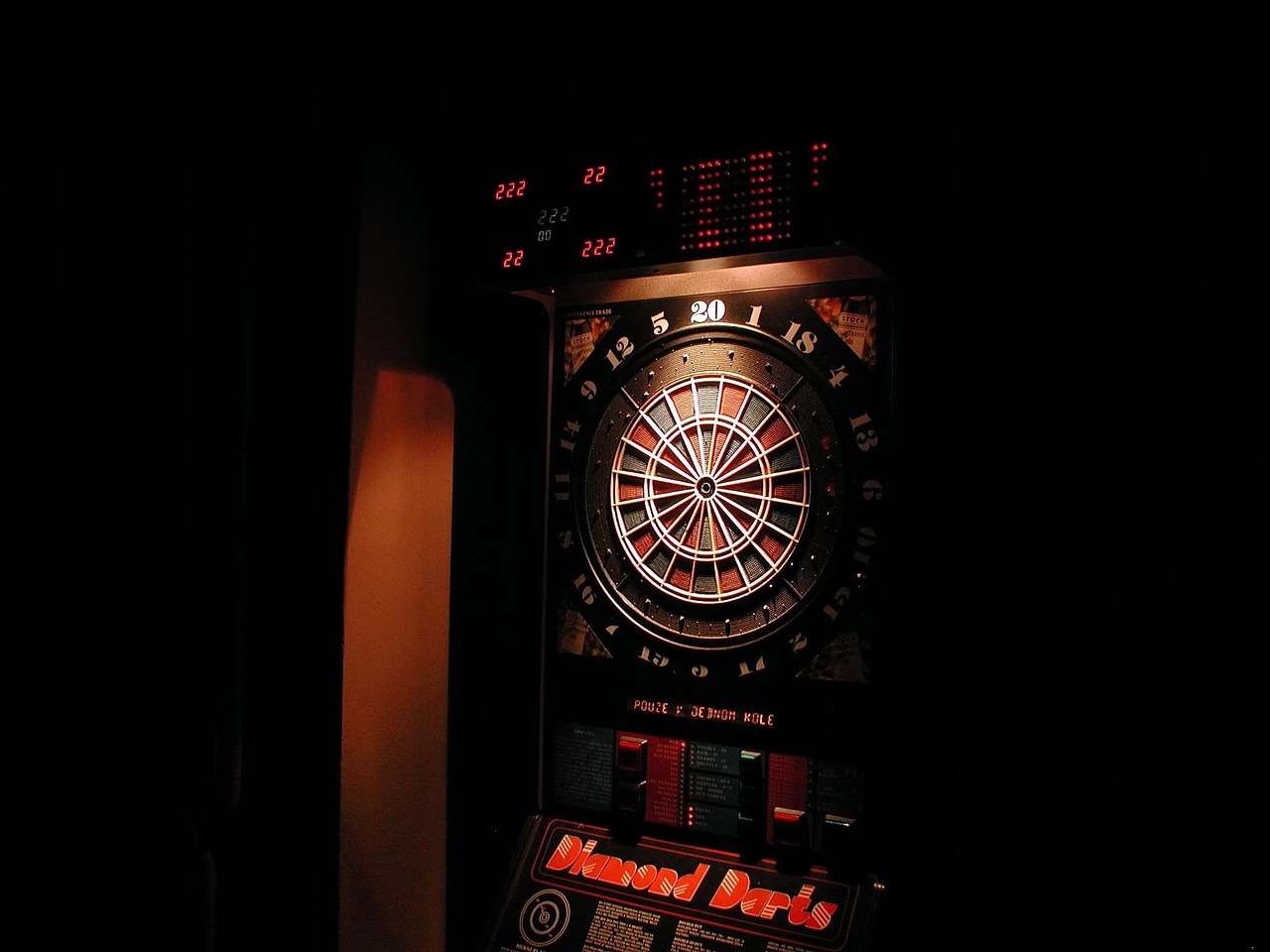
Consider the placement of the 20 and the 1. If a player aims for the 20 but misses slightly to the right, they’ll hit the 1, incurring a significant scoring penalty. Similarly, missing to the left results in hitting the 5. This forces players to strive for consistent and accurate throws rather than relying on pure luck. Learning **how to play darts** is not just about throwing darts, it is about understanding the layout.
The Logic Behind the Arrangement
The story goes that a mathematician designed the number arrangement. While that may be an urban legend, the logic behind it is clear. The highest and lowest numbers are positioned next to each other (20 and 1, 19 and 3), and generally, high numbers are placed near low numbers to maximize the penalty for inaccuracy.
This layout encourages players to focus on precision dart throwing, rather than relying solely on power. A well-placed dart in the 20 segment is far more valuable than a sloppy throw that happens to land in the vicinity of a high-scoring area. It’s all about strategic aiming and consistent execution.
The History of Darts Nummering
The modern **darts nummering** system is largely credited to Brian Gamlin, a carpenter from Lancashire, England, who is said to have devised it in 1896. However, the exact origins are debated, with some attributing the design to other figures and earlier eras. What’s certain is that the current layout became standardized over time, replacing various regional variations.
Before Gamlin’s (or whoever’s) system became widely adopted, different regions of England used different boards with different number arrangements. This made standardized play and competition difficult. The adoption of a universal **darts nummering** scheme was a key step in the development of darts as a nationally and internationally recognized sport.
Strategic Importance of Darts Nummering
Beyond the penalty for inaccuracy, the **darts nummering** influences strategic gameplay in several ways. Players need to consider the numbers adjacent to their target when choosing where to aim. For example, when aiming for the 20, a slight miss towards the 1 or 5 is far more detrimental than a similar miss when aiming for the 19 (which would result in hitting the 3 or 7). Therefore, skilled players will sometimes aim for numbers that offer a greater margin for error, even if they aren’t the highest scoring options.
For example, aiming for the 19 sector can be safer than aiming for the 20, especially when under pressure. While the maximum score is lower, the risk of a disastrous miss is also reduced. This is especially important in games like ‘01, where strategic play is as crucial as accurate throwing. You might even want to look into some better aim in darts guides to improve your chances.
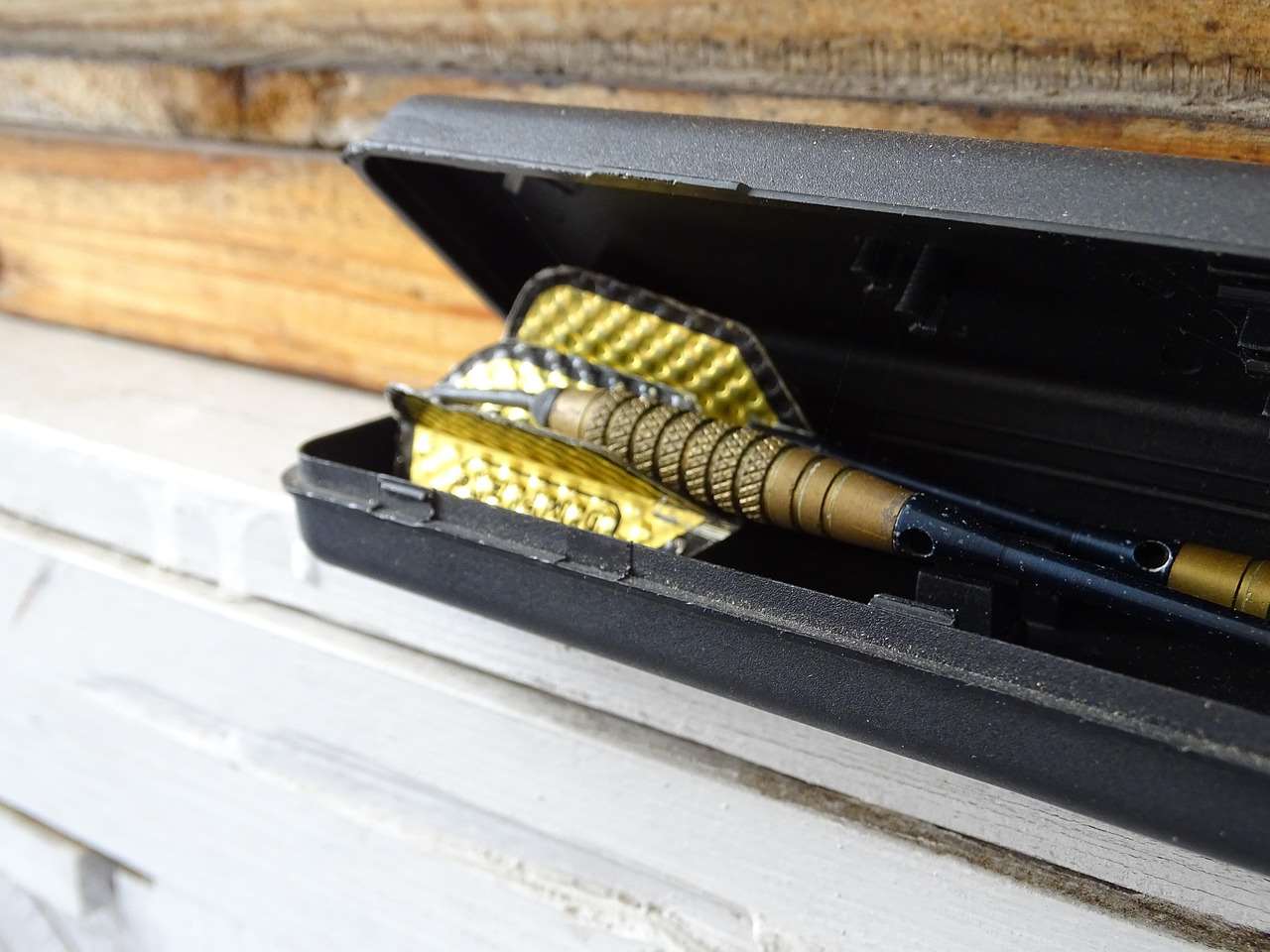
Furthermore, the **darts nummering** influences the types of checkouts players attempt. Knowing which numbers are adjacent to each other is crucial for planning a sequence of throws that will lead to a win. Understanding the number distribution is key to developing effective strategies for closing out a game.
Mastering the Number Layout for Improved Gameplay
To truly master the game, players need to internalize the **darts nummering**. This means being able to visualize the number layout without even looking at the board. There are several techniques to improve your familiarity with the number arrangement:
- Practice Visualizing: Close your eyes and picture the board. Try to recall the numbers adjacent to specific targets.
- Mental Rehearsal: Before each throw, mentally rehearse the path of the dart and the potential outcomes if you miss slightly.
- Target Practice: Focus on specific sections of the board and consciously note the numbers you hit on your misses.
Understanding the Multipliers: Doubles and Trebles
Adding another layer of complexity to the **darts nummering** is the inclusion of the double and treble rings. These multipliers significantly impact scoring potential and strategic decisions. The double ring, located on the outer edge of the board, doubles the value of the corresponding number. The treble ring, situated in the middle, triples the value. Hitting a treble 20 scores 60, while hitting a double 20 scores 40.
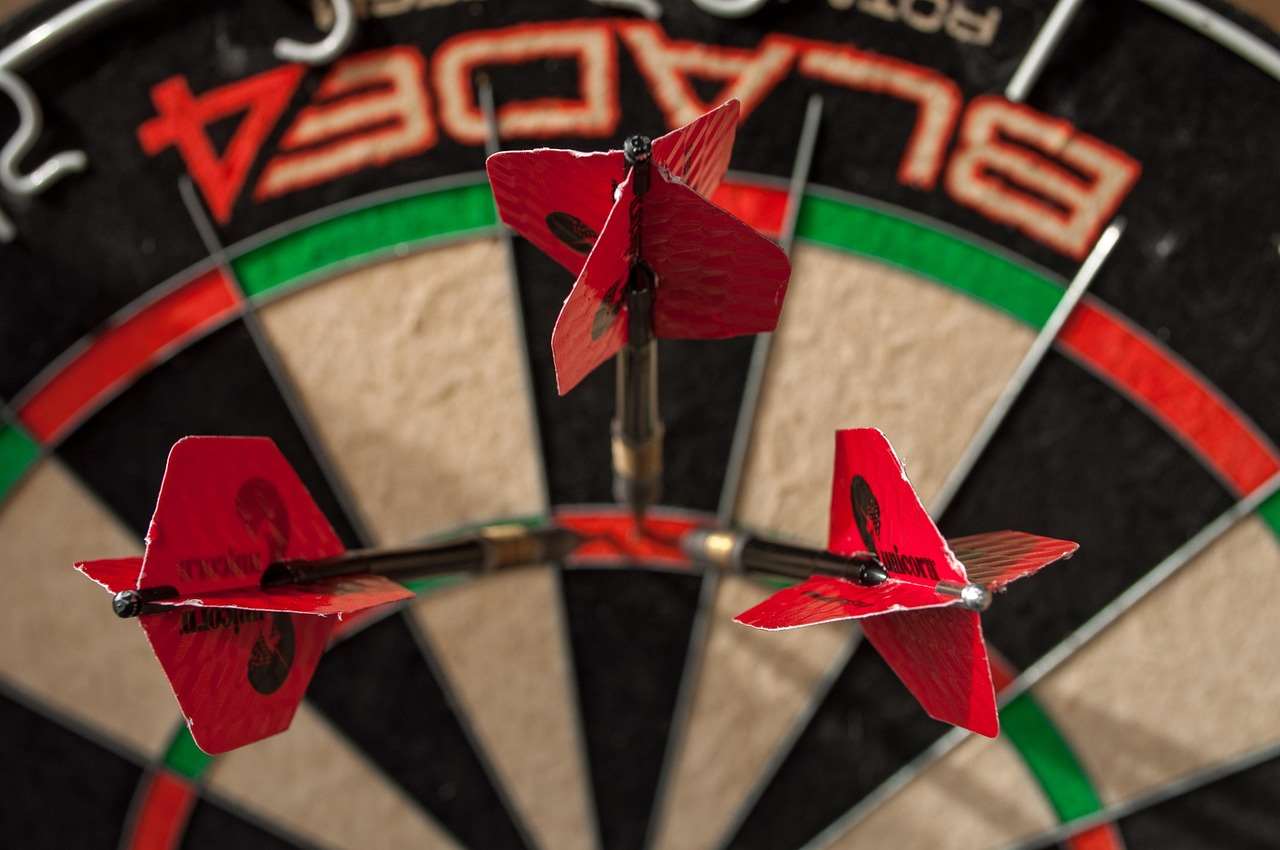
Aiming for the trebles, especially the treble 20, is a high-risk, high-reward strategy. A successful treble 20 can significantly boost your score, but a miss can be costly. Double segments are particularly important for finishing a game, as many variations of the game require you to end on a double. To fully master **darts nummering**, understanding these multipliers is paramount.
Many apps can assist you with learning, you can even download an App to score darts.
Darts Nummering: Common Misconceptions
A common misconception is that the **darts nummering** system is entirely random or solely designed to be difficult. While it certainly penalizes inaccuracy, its primary function is to minimize the impact of clustering – where darts tend to group together due to slight variations in throw. This ensures that accurate shots are rewarded, and sloppy shots are punished, promoting skill over luck. The placement of the numbers ensures that a simple deviation from the target won’t necessarily result in a score close to the intended one. So, while it can seem challenging, the design is for fair and competitive gameplay.
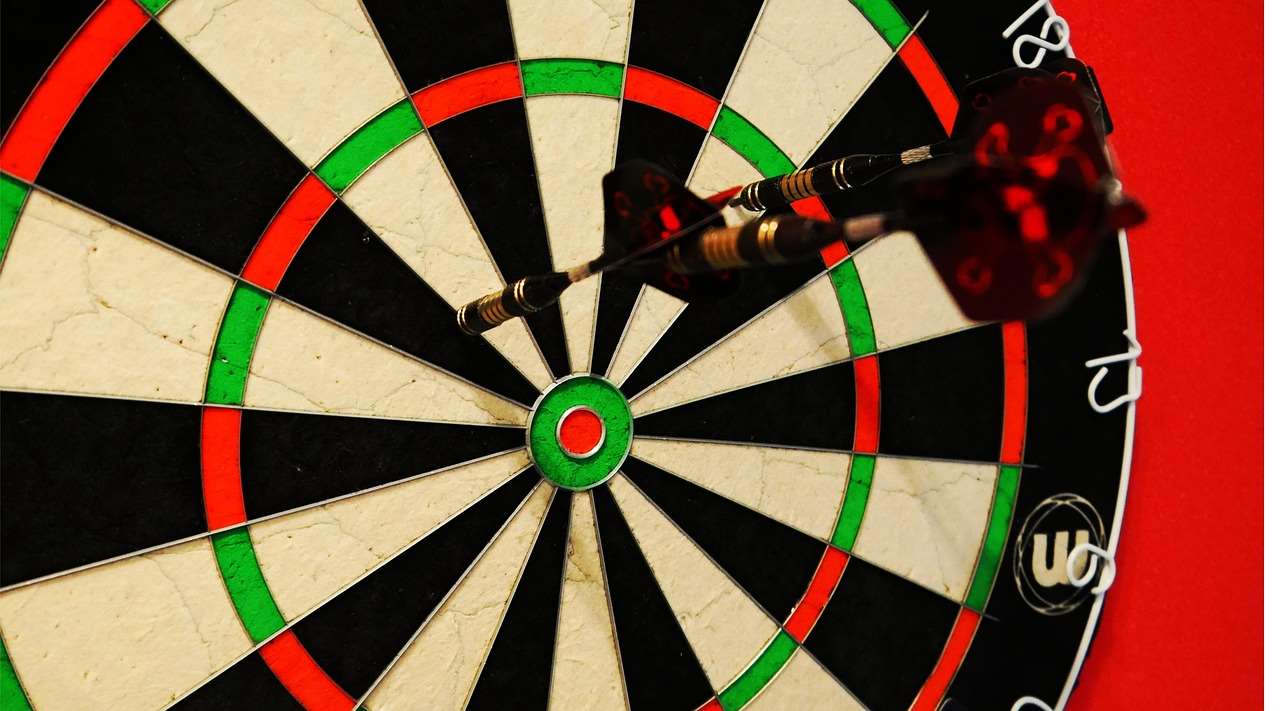
Another misconception is that all dartboards use the same **darts nummering** system. While the standard layout is nearly universally adopted for professional and competitive play, some novelty boards may use different arrangements. However, for serious players, mastering the standard layout is essential. There’s even been discussions whether darts is not a sport, but that does not change the **darts nummering**.
A final misconception revolves around the idea that advanced players ignore the number layout and simply aim for the center. This is false. While experienced players have exceptional accuracy, they are still acutely aware of the number arrangement and use it strategically to maximize their scoring potential and minimize risk.
Tips for Using Darts Nummering to Your Advantage
- Study the board: Before you start playing, take a moment to study the layout of the numbers. Identify the high-scoring segments and their adjacent numbers.
- Plan your checkouts: Before you start a game, think about how you will finish. Plan your shots strategically, taking into account the doubles and trebles.
- Practice your accuracy: The more accurate you are, the more you can take advantage of the **darts nummering** system.
- Aim small, miss small: Focus on hitting the exact spot you want to hit. Even if you miss, you’re more likely to hit a number close to your target.
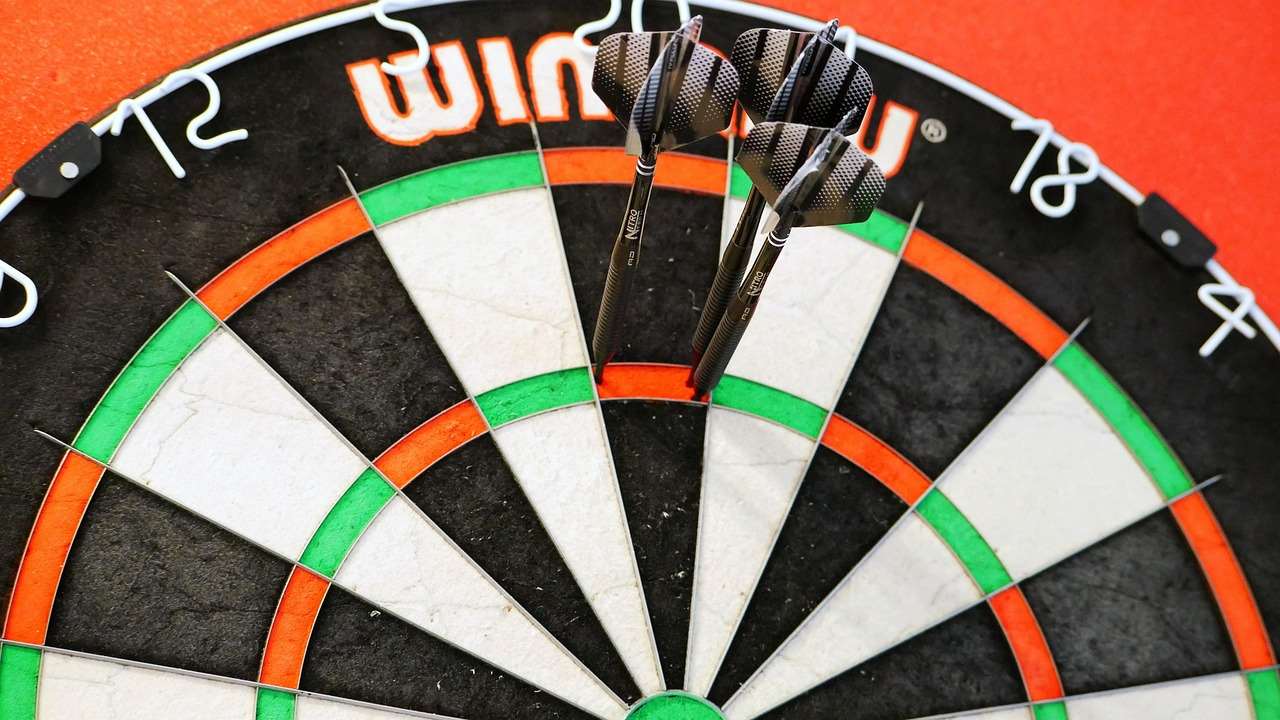
Remember that understanding the **darts nummering** is just one piece of the puzzle. You also need to develop a consistent throwing technique, improve your accuracy, and learn to manage your mental game. However, by mastering the number layout, you’ll gain a significant advantage over your opponents.
Conclusion: Mastering Darts Nummering for a Competitive Edge
The **darts nummering** system is more than just a random arrangement of numbers. It’s a carefully designed layout that promotes accuracy, strategic thinking, and competitive play. By understanding the history, logic, and strategic importance of the number arrangement, you can elevate your game to the next level. Take the time to internalize the number layout, practice your accuracy, and develop strategic checkout plans. With dedication and practice, you can master the **darts nummering** system and gain a significant competitive edge. Now, grab your darts and start practicing! Consider checking out our other resources on darts flight case options.
Hi, I’m Dieter, and I created Dartcounter (Dartcounterapp.com). My motivation wasn’t being a darts expert – quite the opposite! When I first started playing, I loved the game but found keeping accurate scores and tracking stats difficult and distracting.
I figured I couldn’t be the only one struggling with this. So, I decided to build a solution: an easy-to-use application that everyone, no matter their experience level, could use to manage scoring effortlessly.
My goal for Dartcounter was simple: let the app handle the numbers – the scoring, the averages, the stats, even checkout suggestions – so players could focus purely on their throw and enjoying the game. It began as a way to solve my own beginner’s problem, and I’m thrilled it has grown into a helpful tool for the wider darts community.